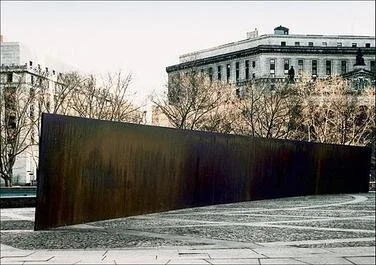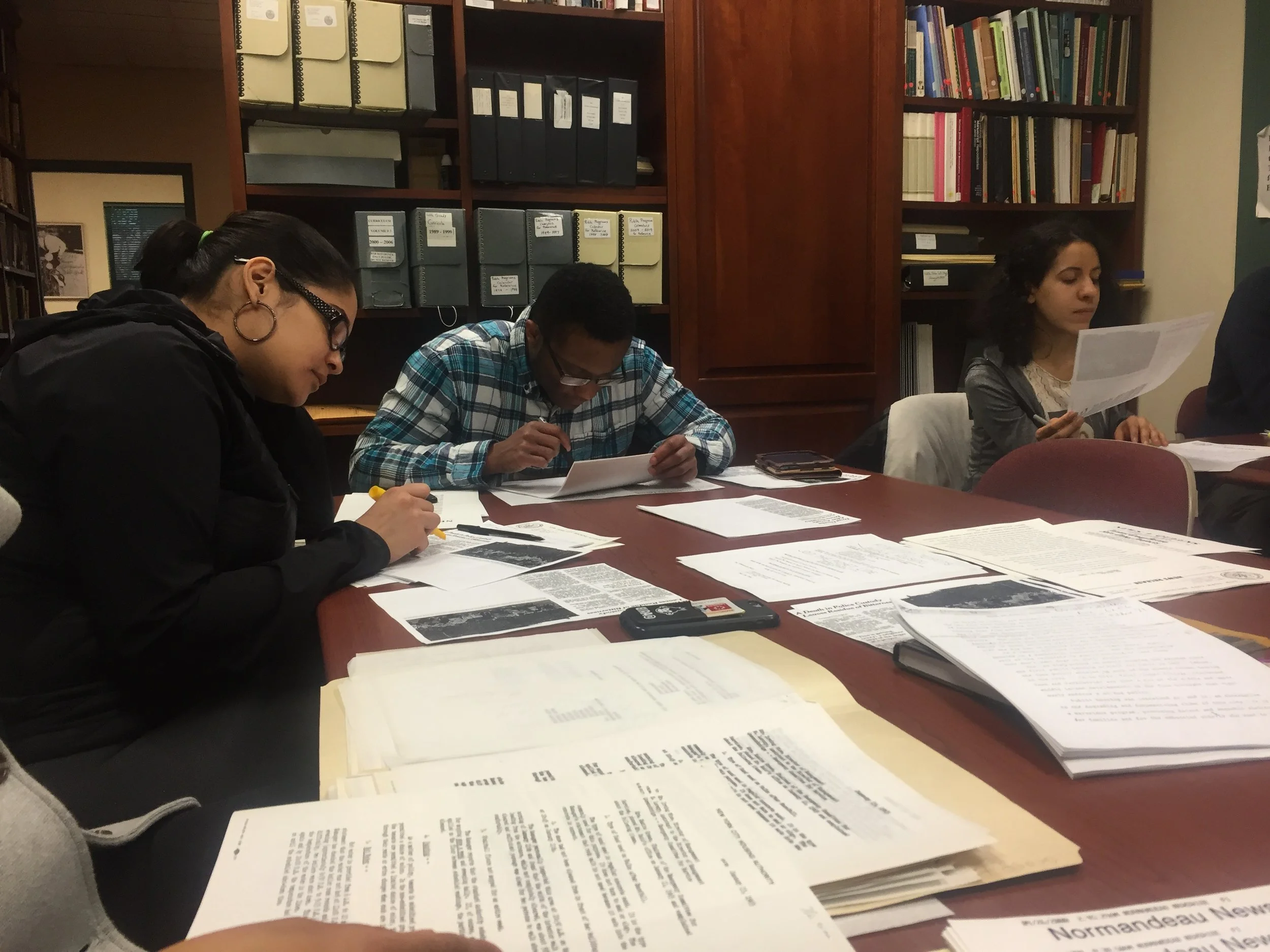Rainbow LaGuardia: An Interview With Stephen Petrus and Thierry Gourjon-Bieltvedt
Interviewed by Adam Kocurek
Today on the blog, we talk to Stephen Petrus and Thierry Gourjon-Bielvedt about their project Rainbow LaGuardia, a virtual exhibition that examines what it means to be LGBTQ in academia. In it, viewers can explore dozens of video and audio clips taken of twenty-seven LGBTQ faculty and staff at LaGuardia Community College. In these clips, participants talk about everything from their professional lives as LGBTQ academics to their formative experiences in their youth.
Read MoreErich Goode’s Taming of New York’s Washington Square: A Wild Civility
Reviewed By Stephen Petrus
Even during COVID-19, New York’s Washington Square Park maintains its quirky identity. Chances are on a visit you’ll still encounter locals, tourists, buskers, sunbathers, NYU students, dog walkers, chess players, homeless people, petty drug dealers, and maybe even Fartman, Pigeon Man, and the Squirrel Whisperer.
Read MoreWhose City? Fueling the Gentrification Machine through BID Urbanism
By Susanna Schaller
On September 16, 2016 Crains’ New York Business ran an article titled, “Shaping a Neighborhood's Destiny from the Shadows.” The article highlighted the work of business improvement districts (BIDs) in New York City. In the context of federal policies that had systematically drawn the life out of central cities followed by federal retrenchment, urban visionaries and the downtown BIDs they led were framed by bipartisan consensus as savior organizations.
Read MoreThe Toughest Gun Control Law in the Nation: The Unfulfilled Promise of New York’s SAFE Act
Reviewed by Andrew C. McKevitt
When Governor Andrew Cuomo pushed a new gun control law, the Secure Ammunition and Firearms Enforcement (SAFE) Act, through the New York State Assembly in January 2013, just a month after the tragic mass shooting at Sandy Hook Elementary in Newtown, Connecticut, critics said he acted in haste. Cuomo’s administration started drafting a bill before the New Year; it submitted the bill to the Assembly on January 13 and, utilizing a rare emergency measure, the governor signed it an incredible 18 hours later.
Read MoreA Murky Mess of Monuments in Crisis New York
By Todd Fine
Gonzalo Casals, New York City's new commissioner of the Department of Cultural Affairs (DCLA), begins work this week after recovering from the coronavirus. Hired to replace Tom Finkelpearl, who resigned after repeated controversies over an ambitious effort to build at least a dozen new historical monuments, Casals was tasked to bring the initiative to the "finish line” in the remaining twenty months of Mayor Bill de Blasio's second and final term.
Read MoreThe Unexpected Logic of Art Economics: Arts and Inequality in 1980s New York
By Sarah Miller-Davenport
When Richard Serra’s Tilted Arc was installed in Federal Plaza in Lower Manhattan’s Foley Square in 1981, it was meant to be a pioneering work of public art that would expose New York’s masses to post-minimalist sculpture. Tilted Arc would indeed become one of the most legendary sculptures in 20th century history—but not for its artistic merit.
Read MoreMapping a Queer New York: An Interview with Jen Jack Gieseking
Interviewed by Katie Uva
Today on the blog, Katie Uva interviews Jen Jack Gieseking about their mapping project, An Everyday Queer New York, a companion project to his book A Queer New York: Geographies of Lesbians, Dykes, and Queers, forthcoming in 2020. Jack discusses the challenges and opportunities in mapping as a way of understanding lesbian, gay, bisexual, trans, and queer (LGBTQ+) history in general, and the history of queer women and trans and gender non-conforming people (tgncp) in particular.
Read MoreVoices of Queensbridge: Pedagogical Overview of an Oral History Project
Adapted from writing in Voice of Queensbridge: Stories from the Nation’s Largest Public Housing Development
By Molly Rosner
In the fall of 2018, a group of LaGuardia Community College students embarked on a year-long project to document the experiences of New York City Housing Authority (NYCHA) residents. This project was funded by the Robert D. L. Gardiner Foundation. These stories were aimed at enriching the LaGuardia and Wagner Archives’ NYCHA collection, which until this project only reflected the agency’s perspective on public housing. The vastness of public housing in New York City necessitated that the students focus on one public housing project and Queensbridge Houses, the nation’s largest public housing development, were selected due to abundant documentation of the development, and its vicinity to the college.
Read MoreArchiving for Access and Activism: An Interview with Interference Archive
By Emily Brooks
Interference Archive is a Brooklyn-based organization that collects and houses materials created as part of social movements. These materials, which include posters, flyers, publications, buttons, and much more, are stored and exhibited in an open stacks archival collection at 314 7th street in Park Slope. In addition to organizing and maintaining the collection, which is open to all, Interference’s volunteers also showcase the archival collections through exhibits and various community events aimed at supporting contemporary activism. This spring, I sat down with two of Interference’s volunteers, Ryan and Nora, to talk about how the space works and the role they see the archive playing in connecting social movements of the past with those of today.
This interview has been edited for clarity and length.
Read More





